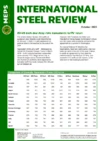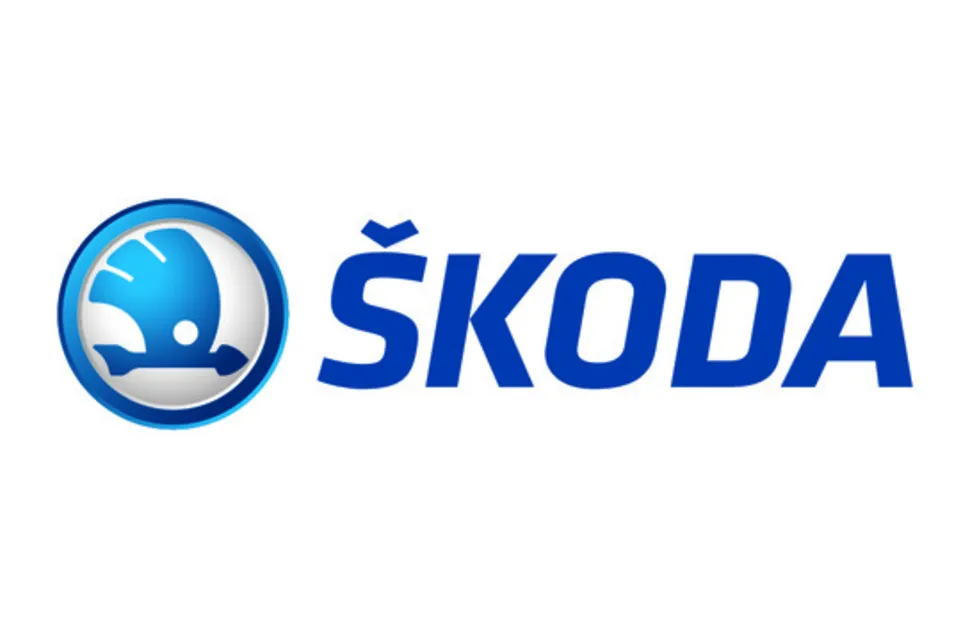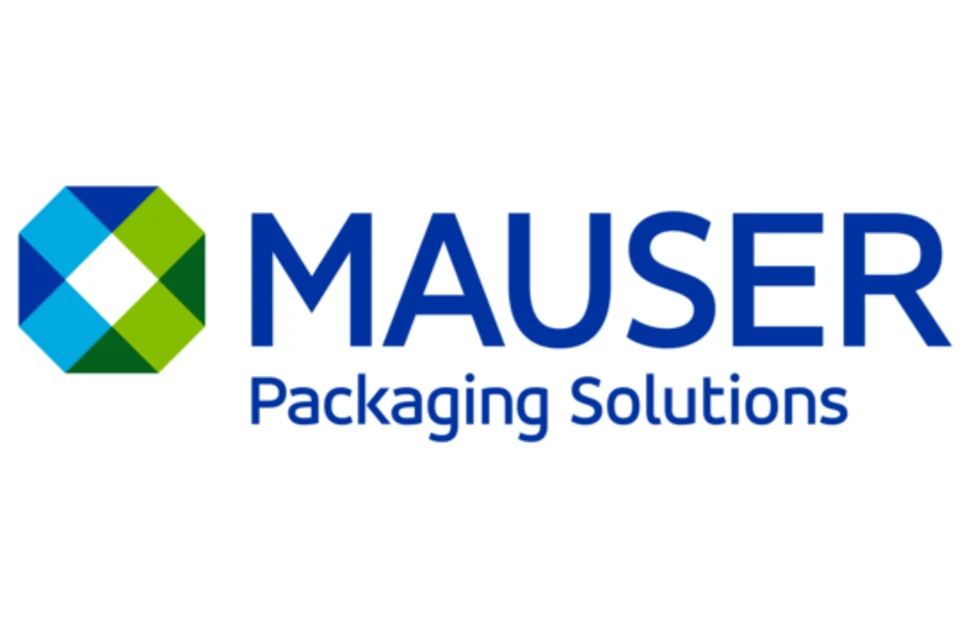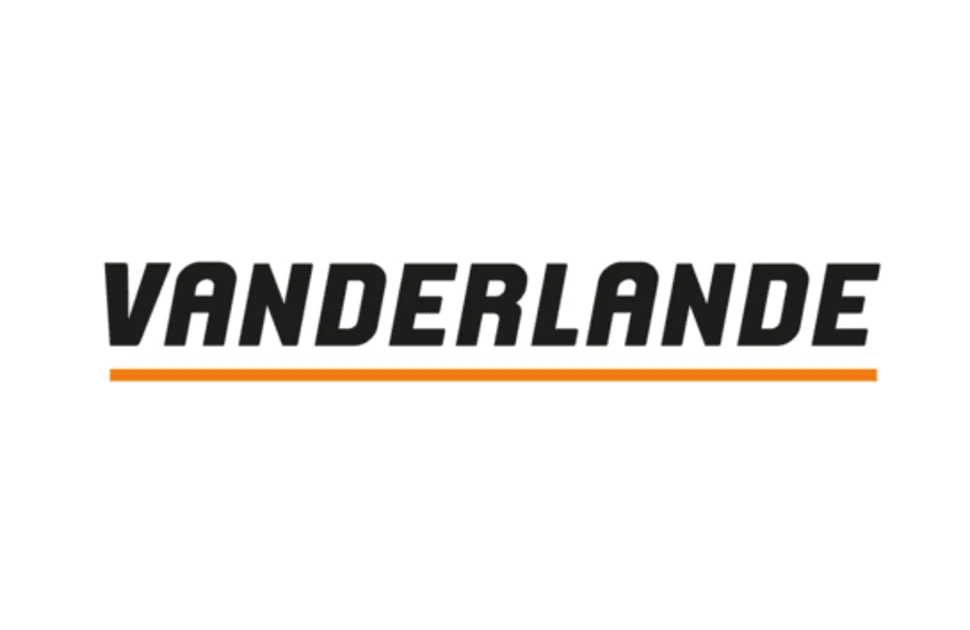South Korean steelmakers retain hopes of US trade deal
Hopes that recent trade discussions between United States and South Korea might deliver a reduction in the Trump administration’s 50% steel import tariffs appear to have come to nothing.
In late July, South Korea successfully negotiated a 15% "reciprocal” US tariff rate and a 15% rate for automotive sector exports, down from the earlier 25%. But face-to-face talks between President Trump and South Korean president Lee Jae Myung, on August 25, failed to deliver a reduced rate for steel.
South Korean steelmakers, which were previously afforded a Section 232 exemption through a duty-free quota, lost their competitive advantage in one of their key export markets when the US imposed a 25% tariff on March 12. That rate was doubled to 50% on June 4. This created a “level playing field” for third-country suppliers, leaving South Korean mills exposed to low-cost competition from other East Asian producers.
US imports of South Korean steel reduced by 13.8% year-on-year in the April to June period. However, preliminary data published by the International Trade Administration shows that a 62.1% year-on-year increase in South Korean-origin imports into the US in July left volumes up by 0.9% year-to-date, at 1.58 million tonnes.
Owing to the severity of the trade measures introduced, South Korean steel producers are likely to be exporting steel at zero profit margin, or below their production costs. MEPS respondents say that many are now concentrating on sales of high value specialist products to US customers and, in some instances, only if the buyer agrees to pay a proportion of the tariff costs.
South Korean producers seek new export markets
MEPS steel market analyst, Chris Jackson, said that the negative effect of US tariffs, on South Korean steelmakers, has been heightened by subdued domestic demand. Jackson described the lack of any tariff concessions following President Lee Jae Myung's visit to the White House as a “hammer blow” to South Korean steel mills, which have previously enjoyed close trade ties with the US.
Steel prices published in MEPS’s International Steel Review showed that hot rolled coil values were unchanged for a third successive month, in South Korea, during August. The benchmark hot rolled coil price was just USD40 per tonne above the near four-year low recorded in October 2024. Furthermore, medium sections and beams prices were at their lowest level since April 2021 amid a downturn in construction. Statistics Korea data showed that the country’s construction output declined by 12.7% year-on-year in June - a 15th consecutive month in decline.
“Owing to the prolonged weakness in many local end-user markets, the onus on overseas sales has never been greater,” he said. “Domestic producers are urgently scouring the world for alternative export markets in light of the US’s trade defence measures. However, these are few and far between because of widespread global trade uncertainty.”
Earlier this year, Hyundai Motor Group and Posco Group announced joint plans to construct an electric arc furnace mill, in Louisiana, in an attempt to mitigate the long-term tariff risk. The new facility is expected to produce almost three million tonnes of automotive-related steel per year and should be operational by 2029. Much of the steel produced at the facility will be used to supply Hyundai’s US auto plants.
South Korea’s pledge to invest USD350 billion in US-based manufacturing, in key steel-consuming industries such as shipbuilding and nuclear power, was also central to the recently agreed US-South Korea trade deal. However, South Korean trade unions have warned that the relocation of steel production risks a loss of highly skilled manufacturing jobs.
Jackson believes this could prove to be a positive move, however, if it supports South Korea’s attempts to secure an improved steel trade deal with the Trump administration in the longer term.
He said: “None of the trade deals that have been signed so far seem to include details on specific industries like iron and steel. However, South Korea’s vow to invest heavily in US manufacturing may leave the door open to a steel-focused deal at some point in the future.”
- Regular insight on the South Korean steel market is published in MEPS’s International Steel Review. The publication features market insight, stainless steel prices, indices and forecasts from key markets in Europe, Asia and North America. Visit mepsinternational.com or contact MEPS for details of how to subscribe.

Source:
International Steel Review
The MEPS International Steel Review is an essential monthly publication, offering professional analysis and insight into carbon steel prices around the world.
Go to productRequest a free publication





